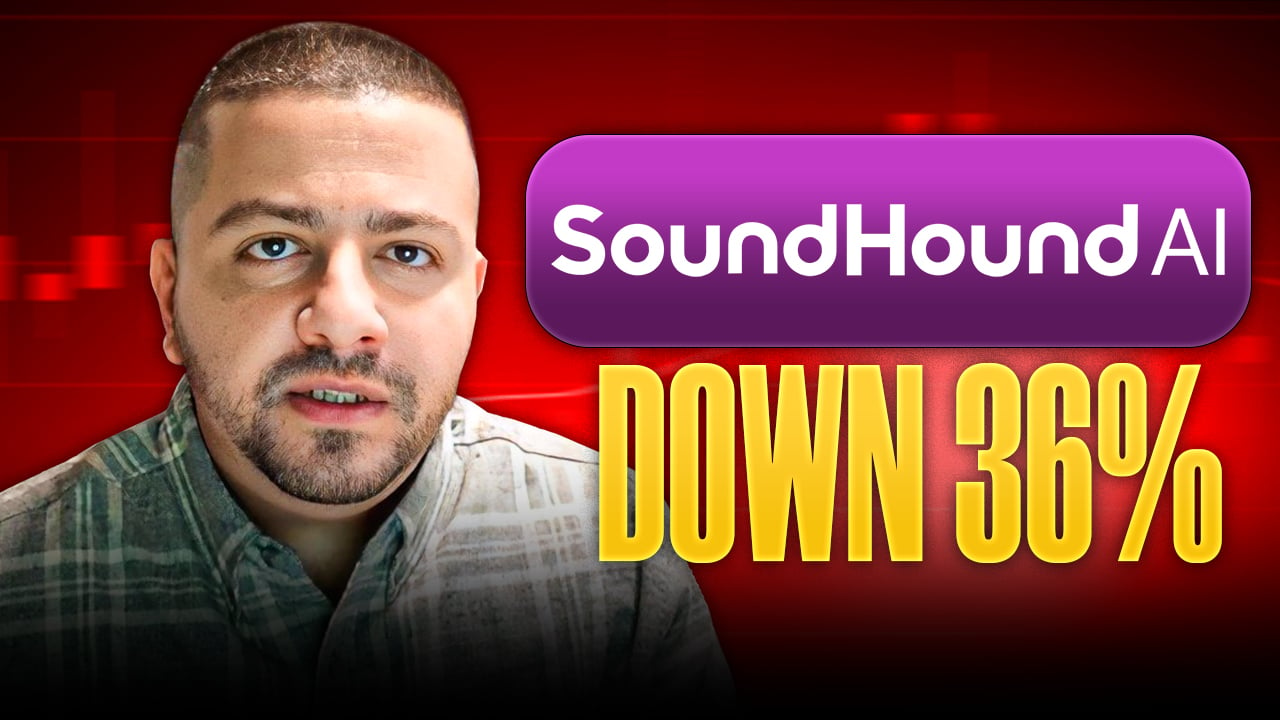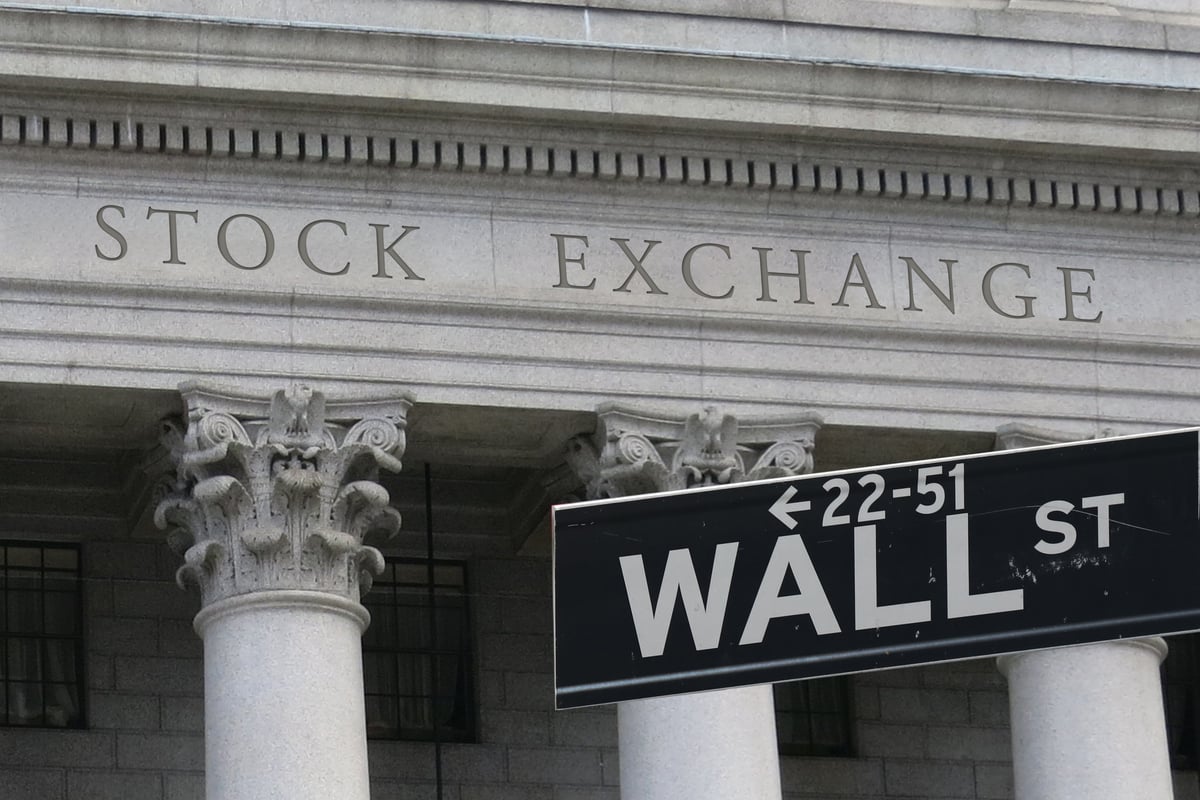2024 has been a thrill ride for investors in SoundHound AI (SOUN 3.15%). After dropping to a 23% loss by Feb. 5, the artificial intelligence (AI) and voice recognition specialist suddenly reversed course, notching 447% gains from its low and 320% for the year, as of Friday's close. After such a parabolic move, the stock price sits at a more than two-year high and shows no signs of slowing.
One Wall Street analyst believes the stock has additional room to run.

NASDAQ: SOUN
Key Data Points
Profiting from interest in AI
DA Davidson analyst Gil Luria raised his price target on SoundHound AI shares to $9.50 from $7.50, while maintaining a buy rating on the shares. This represents potential gains of 14% compared to the stock's closing price on Thursday -- although the stock was within 8% at Monday morning's prices.
The new price target -- the second increase this month by Luria -- comes after SoundHound's financial report and a subsequent meeting with CEO Keyvan Mohajer. The analyst professed "greater clarity" regarding SoundHound's competitive moat and a better understanding of the company's growing backlog.
The spark
Word that Nvidia owned a stake in the company ignited the move, but the company has owned those shares for years, so investors should look further.
Fourth-quarter revenue grew 80% year over year to $17 million, and the company's loss per share was halved. Furthermore, its backlog -- which doubled to $661 million -- was intriguing, but there's a catch. A revised definition states that the subscription backlog "refers to potential revenue achievable," so it isn't contractually obligated.
Management is forecasting revenue of $70 million in 2024 and $100 million by 2025. SoundHound AI's valuation soars with each passing day, now selling for 45 times sales, but the company has yet to generate a profit. Assuming SoundHound AI reaches $100 million in revenue by 2025, that works out to a forward price-to-sales ratio of 26, suggesting investors already have two years of future sales baked into the stock's current valuation.
Investors should exercise care with this high-flyer.





